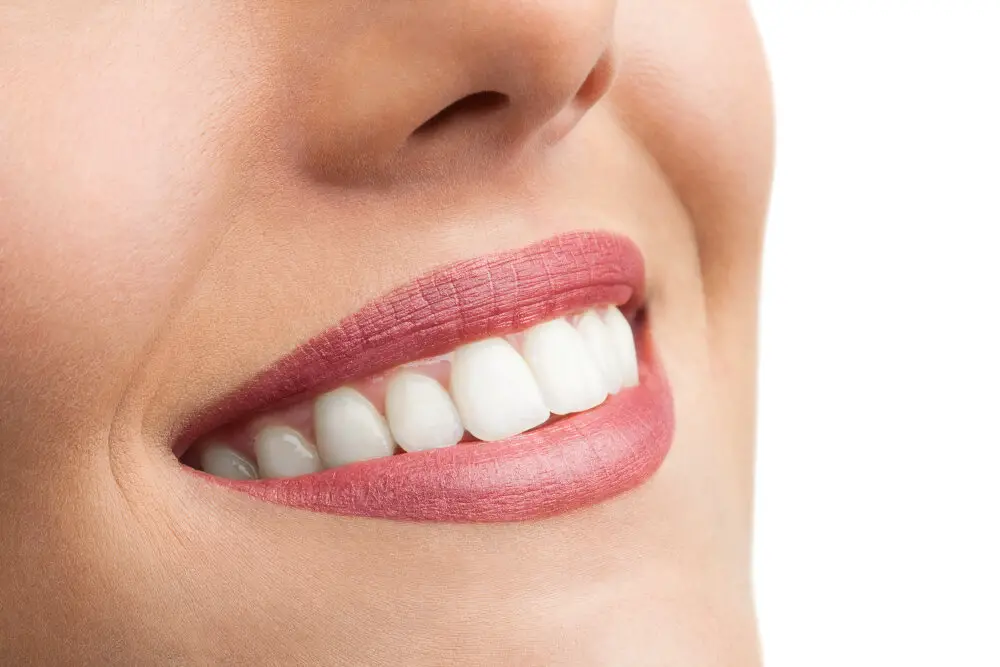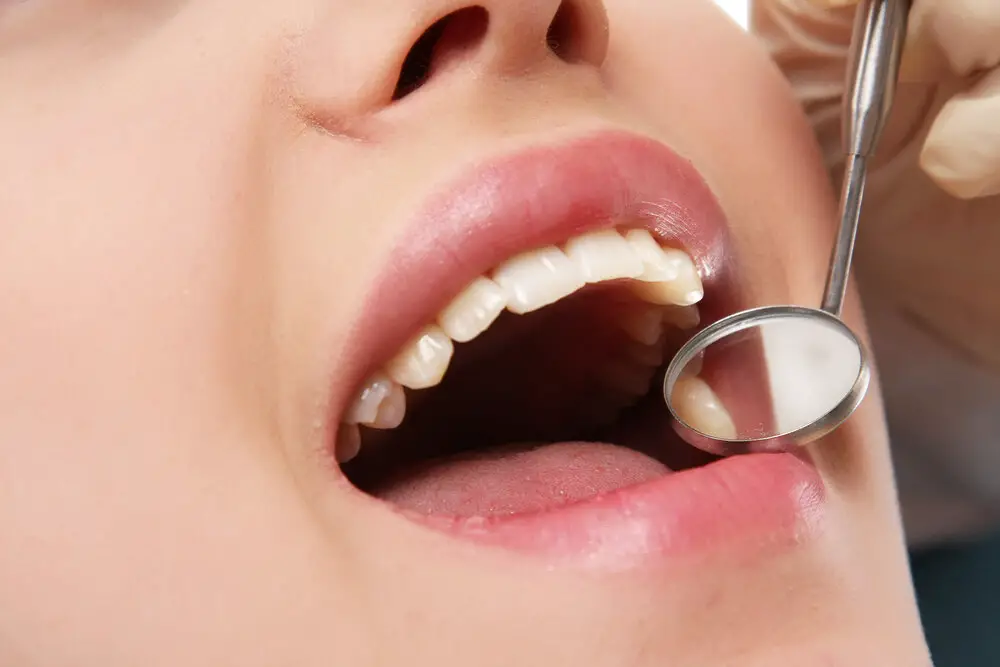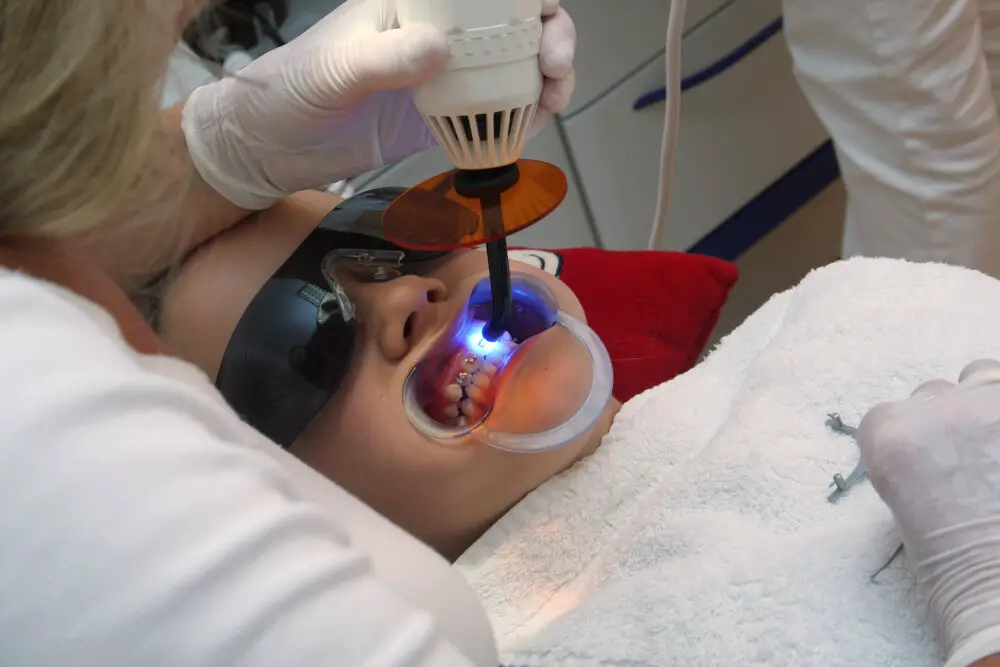Why Are Beavers’ Teeth Orange? Exploring the Science Behind a Unique Adaptation

Beavers are fascinating creatures that have intrigued scientists for centuries. One of the most curious features of these rodents is their bright orange teeth. While most animals have white teeth, the beaver’s teeth are a striking shade of orange, which has puzzled researchers for decades. In this article, we will explore the science behind beavers’ orange teeth and delve into the unique adaptation that allows them to thrive in their environment. Beavers are known for their incredible ability to build dams, which helps them create and maintain their homes in rivers and lakes. However, this remarkable feat would not be possible without their distinctive teeth, which are specially adapted for cutting through trees and branches. These teeth are not only strong and durable, but they also continually grow throughout the beaver’s life, allowing them to maintain their sharpness and effectiveness. But why are they orange? This is the question that has puzzled scientists for years, and the answer lies in the unique composition of beavers’ teeth.
The Anatomy of a Beaver’s Tooth

The anatomy of a beaver’s tooth is a remarkable feat of nature. These teeth are specialized for the task of gnawing and cutting through even the toughest of materials. The front of the tooth is chisel-shaped and sharp, allowing beavers to saw through wood and bark with ease. Meanwhile, the back of the tooth is flatter and wider, designed for grinding and crushing food. Beavers have four of these remarkable teeth, two on the top and two on the bottom, which continue to grow throughout their entire lives. The unique color of a beaver’s teeth is due to the high iron content in the enamel. This iron gives the teeth their distinctive orange hue and also makes them incredibly strong and resistant to wear. In fact, beavers’ teeth are so tough that they can even withstand the constant exposure to water, which would cause most other teeth to decay and rot. This adaptation allows beavers to continue gnawing through wood and building their dams and lodges, even in the wettest of environments. Overall, the anatomy of a beaver’s tooth is a fascinating example of how nature can create specialized structures to help animals survive and thrive in their environments.
The beaver’s tooth is a remarkable adaptation of nature. These teeth are large, sharp, and continuously growing. They are uniquely colored with a deep orange hue that is caused by the presence of iron in their enamel. This orange coloration not only adds to the beaver’s distinctive appearance but also provides exceptional strength to the tooth. The beaver’s tooth is designed to gnaw through tough bark, twigs, and branches to create dams and lodges while also being able to slice through tough aquatic plants. The beaver’s teeth are so strong that they have been known to fell trees up to 5 feet in diameter! It is truly a marvel of nature and a testament to the ingenuity of evolution.
The enamel plays a crucial role in tooth coloration as it is the outermost layer of the tooth and provides the defense against wear and tear. The enamel is composed of hydroxyapatite crystals, a mineral that gives the tooth its hardness and durability. The color of the enamel can vary from person to person and can range from white to yellowish or grayish. The color of the enamel is influenced by several factors, including genetics, aging, and environmental factors such as smoking or drinking coffee. In the case of beaver teeth, the enamel is orange due to the incorporation of iron into the crystalline structure of the enamel. This adaptation allows beavers to have stronger and more durable teeth, which is essential for their survival.
The Function of Orange Teeth

Beavers are known for their unique physical features, particularly their large front teeth that never stop growing. However, what sets them apart from other rodents is the color of their teeth – bright orange! The function of orange teeth in beavers serves multiple purposes, including protection and maintenance of their teeth. One of the primary reasons for the orange color of beavers’ teeth is the presence of iron in their enamel. This iron-rich enamel is much harder and more durable than regular enamel, which allows the beavers to gnaw through tough tree trunks and branches without causing damage to their teeth. The iron in the enamel also provides a natural defense against bacteria and other harmful substances that can cause decay or infection in the teeth. Thus, the orange color of beaver teeth is a unique adaptation that enables these animals to thrive in their natural habitat by allowing them to chew through tough materials with ease and without the risk of dental problems. Additionally, the function of orange teeth in beavers also includes maintenance and self-care. The bright orange color of their teeth serves as an indicator of their health and age, allowing other beavers to identify potential mates or rivals. The color also helps beavers to keep their teeth clean and healthy. Beavers have a habit of grooming themselves by rubbing their teeth together, which creates a natural scouring effect that removes any debris or buildup from their enamel. The orange color of their teeth makes it easier for beavers to spot any signs of damage or wear, which they can then address by adjusting their diet or seeking medical attention if necessary. Overall, the function of orange teeth in beavers is a fascinating example of how adaptations can serve multiple purposes and contribute to an animal’s survival in its natural environment.
Gnawing is an essential act for beavers as it is crucial for their survival and habitat construction. Beavers’ teeth are naturally designed to chew through tough materials such as trees and branches, allowing them to create dams and lodges that provide a safe home and protection from predators. Their teeth are constantly growing, and gnawing helps to wear them down to a manageable size. This process also helps to keep their teeth sharp and healthy, by removing any build-up that may occur over time. Without the ability to gnaw, beavers would struggle to create and maintain their habitats, ultimately putting their survival at risk. Therefore, the importance of gnawing for beavers cannot be overstated.
Orange tooth enamel is a unique property found in beavers, and it serves a crucial purpose in their survival. The distinctive coloration of their teeth is due to the high iron content in their enamel, which makes it incredibly strong and resistant to wear and tear. This adaptation is essential for beavers, as they rely on their teeth to fell trees, build dams, and construct lodges. The orange coloration also helps to protect their teeth from decay and damage caused by the constant exposure to water and wood. The incredible durability of beavers’ teeth is a testament to the remarkable adaptations that animals can make to thrive in their environments.
The Chemical Composition of Orange Teeth

The unique orange color of beavers’ teeth is due to the chemical composition of their enamel. While human teeth are primarily composed of a mineral called hydroxyapatite, beavers’ teeth contain a high concentration of iron. This iron-rich enamel not only gives their teeth their distinctive color but also makes them incredibly strong and resistant to damage. This is essential for beavers, whose teeth are their primary tool for cutting down trees and building dams. Without this strong enamel, their teeth would quickly wear down and become useless. Interestingly, the iron in beavers’ teeth is not in the form of rust. Instead, it is bound to a protein called amelogenin, which helps to form the enamel during tooth development. This unique protein-iron complex is what gives the enamel its distinctive orange color. Researchers are still studying the exact mechanisms by which this complex forms and how it contributes to the strength of the enamel. By understanding more about the chemical composition of beavers’ teeth, scientists may be able to develop new materials that are similarly strong and resistant to damage, leading to advances in fields such as dentistry and engineering.
Beavers are known for their exceptional ability to gnaw through trees and other wooden objects, an ability that is largely attributed to their unique teeth. Interestingly, beavers’ teeth are orange, which is not a typical color for teeth. This is because of the high concentration of iron in their teeth, which gives them their distinctive hue. The presence of iron makes their teeth incredibly strong and resistant to wear, making them well-suited to the task of gnawing through tough materials. Additionally, the iron in their teeth helps prevent decay and infection, which is essential given that beavers’ teeth never stop growing throughout their lives. While beavers’ orange teeth may seem unusual, they are a crucial adaptation that enables these industrious rodents to thrive in their environment.
Iron plays a crucial role in maintaining the strength of teeth. It is a key component of the protein collagen, which is the main structural component of teeth. Collagen provides the necessary strength and resilience to withstand the daily wear and tear of biting and chewing. Additionally, iron is also required for the formation of red blood cells, which carry oxygen to the teeth and surrounding tissues. Without adequate iron, the teeth may become weak and prone to decay and damage. This highlights the importance of maintaining a balanced and nutritious diet, rich in iron-containing foods, to ensure optimal dental health.
Evolutionary Adaptations of Orange Teeth

Beavers are one of the few mammals on the planet that have orange teeth, which may seem odd at first glance. However, this is actually an important evolutionary adaptation that has helped these animals thrive in their environment. The orange color of a beaver’s teeth is due to the high concentration of iron in their enamel. This iron makes the teeth incredibly strong, allowing beavers to gnaw through tough materials like wood and bark without damaging their teeth. This is essential for beavers, as their teeth never stop growing, and if they were to wear down too quickly, they would be unable to eat and would ultimately starve to death. Another important aspect of beavers’ orange teeth is that they are self-sharpening. As beavers gnaw on tough materials, the softer dentin in the center of their teeth wears away more quickly than the hard enamel on the outside. This creates a sharp edge that helps the beavers to continue gnawing effectively. Over time, the enamel on the teeth becomes worn away, revealing the underlying dentin and causing the teeth to become shorter. However, beavers are able to compensate for this by continually growing new teeth throughout their lives, ensuring that they always have sharp, strong teeth to help them survive in their environment. Overall, the orange color of a beaver’s teeth is not just a quirk of nature, but rather an important adaptation that has helped these animals to thrive for millions of years.
The striking orange coloration of beavers’ teeth is a result of their unique adaptation to a life of gnawing on wood. Unlike most mammals, beavers have teeth that never stop growing, and their front incisors are constantly being worn down as they chew through trees and branches. To protect their teeth from decay, beavers secrete an iron-rich pigment called iron oxide, which gives their teeth their distinctive orange hue. This pigment not only strengthens the enamel of their teeth, but also provides some resistance to bacteria and other microorganisms that would normally thrive in the wet, wood-filled environment of a beaver’s mouth. The result is a set of teeth that can withstand the rigors of a beaver’s diet and lifestyle, allowing these remarkable creatures to build their dams and lodges with ease.
Orange teeth have been a crucial adaptation for beavers to survive in their environment. The enamel of their incisors contains iron, which gives them their distinctive hue and provides an extra layer of protection against wear and tear. Beavers use their teeth to gnaw on bark and wood, which is a challenging task that can quickly wear down regular teeth. However, the iron in their teeth makes them exceptionally durable and allows beavers to construct dams, lodges, and other structures with ease. The orange pigment also acts as a natural antibiotic that helps prevent infections and decay in their teeth. Overall, the unique adaptation of orange teeth has enabled beavers to thrive in their habitat and become one of nature’s most impressive builders.
The article \Why Are Beavers’ Teeth Orange? Exploring the Science Behind a Unique Adaptation\ delves into the evolutionary adaptation of beavers’ teeth. Beavers are known for their impressive ability to gnaw through trees, and their teeth play a crucial role in this process. The unique orange color of their teeth is due to the presence of iron, which strengthens their enamel and protects them from decay. The article also explains how beavers’ teeth continuously grow throughout their lives and how they have adapted to their diet of tough, fibrous materials. Researchers are studying beavers’ teeth to develop stronger and more durable materials for human use, highlighting the importance of understanding the unique adaptations of these industrious animals.
Understanding animal adaptations is crucial for comprehending how different species have evolved to survive in their environments. From beavers’ orange teeth to the camouflage of chameleons, each adaptation offers unique insights into the complex interplay between an animal’s physical features and its habitat. By studying these adaptations, scientists can identify the selective pressures that have shaped the evolution of various species, as well as the mechanisms underlying these adaptations. Such knowledge could help us better understand how to protect endangered species and manage ecosystems more effectively. Additionally, by exploring the unique adaptations of animals, we can gain a greater appreciation for the incredible diversity of life on Earth and the remarkable ways in which organisms have adapted to their environments.
Conclusion

In conclusion, the orange coloration of beavers’ teeth is a fascinating example of a unique adaptation in the animal kingdom. Through years of evolution, beavers have developed specialized enamel in their teeth that not only helps them chew through tough trees but also protects their teeth from wear and tear. The orange color of their teeth is a result of the high iron content in their enamel, which gives their teeth the strength and durability needed for their daily activities. Understanding the science behind this adaptation not only provides insight into the remarkable abilities of these creatures but also highlights the importance of preserving and protecting their habitats. As we continue to learn more about the natural world around us, we are constantly reminded of the incredible diversity and complexity of life on Earth.







